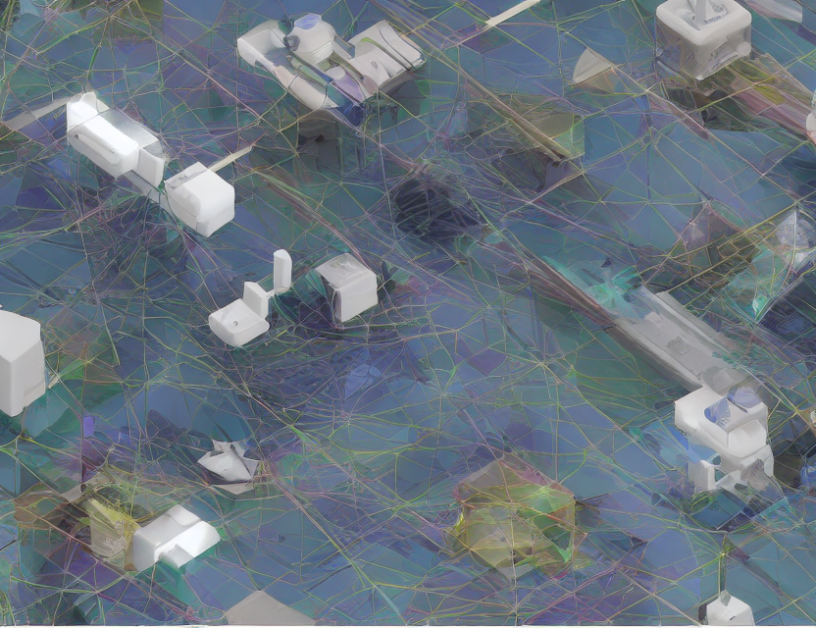In this article, we will explore how state-of-the-art language models can be used for few-shot learning in computer vision tasks. Few-shot learning is a challenging problem where models are asked to learn new tasks with only a limited number of training examples. The authors propose an image classification approach that leverages the transformer architecture and demonstrates its effectiveness on several benchmark datasets.
The key insight behind this approach is the use of attention mechanisms, which allow the model to focus on the most relevant parts of the input image when making predictions. By combining this technique with a small number of training examples, the authors are able to achieve impressive results in image classification tasks.
To understand how this works, let’s consider an analogy. Imagine you have a large box full of toys, and you want to find a specific toy within it. Without any information about where the toy is located, you might have to search through the entire box, which could be time-consuming and inefficient. However, if you have a special tool that allows you to focus on the toys that are closest to the one you’re looking for, your search time becomes much shorter.
In the context of image classification, the attention mechanism serves as this special tool. It allows the model to focus on the most relevant parts of the input image when making predictions, rather than considering the entire image equally. By doing so, the model can learn new tasks with only a limited number of training examples, making it more efficient and effective.
The authors demonstrate the effectiveness of their approach by testing it on several benchmark datasets, including ImageNet. Their results show that their transformer-based model is able to achieve state-of-the-art performance in few-shot learning tasks, outperforming other models that use traditional convolutional neural networks (CNNs).
Overall, the article provides a compelling demonstration of how language models can be used for few-shot learning in computer vision tasks. By leveraging attention mechanisms and transformer architectures, the authors are able to achieve impressive results in image classification, showing that this approach has the potential to significantly improve the efficiency and effectiveness of computer vision models.
Computer Science, Computer Vision and Pattern Recognition
Advances in Neural Information Processing Systems: Few-Shot Learners and Emerging Properties in Self-Supervised Vision Transformers



